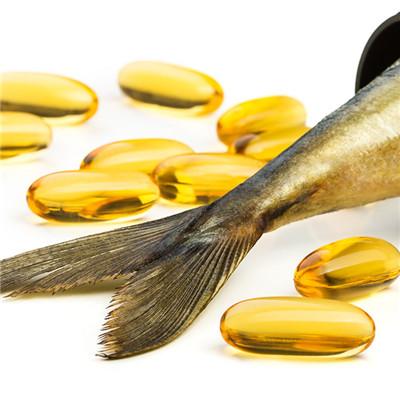Symptoms of viral measles in children
summary
Measles is an acute respiratory infectious disease caused by measles virus. The clinical symptoms were fever, cough, runny nose, conjunctival congestion, and gray spots with red halo in oral mucosa. The prognosis of simple measles is good, and the mortality of severe patients is high. How to timely understand the symptoms of measles and reasonable treatment has become our concern. Tell us about the symptoms of viral measles in children.
Symptoms of viral measles in children
After the incubation period of 7-14 days, typical measles precursor symptoms such as fever, rhinitis, barking cough and conjunctivitis begin to appear. After 2-4 days, Koplik spots with diagnostic significance appeared, which were generally located in the buccal mucosa facing the first and second molars. Koplik spots are white sand like, surrounded by a red halo. If dense, the entire buccal mucosa becomes erythema with white dots. Pharyngitis, laryngeal and tracheobronchial mucositis are common. Typical multinucleated giant cells were found in nasal secretions, pharyngeal and buccal mucosa and urinary sediment.

3-5 days after the onset of symptoms (usually 1-2 days after the appearance of konlik spots), the characteristic skin rash first appeared in front of the ear, under the ear and on both sides of the neck, presented as irregular spots, soon turned into macular papules, and soon (within 24-48 hours) throughout the trunk and limbs, when the facial rash began to subside. Particularly severe rashes can be ecchymosis or ecchymosis. In the extreme stage of measles, the body temperature can exceed 40 ℃, with periorbital edema, conjunctivitis, photophobia, barking cough, extensive rash and mild pruritus. Most of the patients showed extremely ill appearance.

Leucopenia with relative increase of lymphocytes is common. The general symptoms and signs are parallel to the severity of the eruption and vary according to the epidemic. 3-5 days after the onset of fever gradually subsided, the patient consciously improved, the rash began to subside rapidly, leaving Copper Brown * element calm, and then desquamation. Atypical measles syndrome may occur suddenly with high fever, toxic symptoms, headache, abdominal pain and cough. Rash may appear in 1-2 days. Rashes often start on the extremities and present as macular papules, blisters, urticaria or purpura. Edema of hands and feet may occur; Common pneumonia and hilar lymphadenopathy, pulmonary nodule density hyperplasia may last 12 weeks or longer. Moderate to severe abnormal ventilation / perfusion ratio in the lung may lead to severe hypoxemia.

matters needing attention
The food is given light and digestible liquid food or semi liquid food. Drink more water or hot soup, which is not only conducive to the elimination of toxins in the body, conducive to antipyretic, but also can promote blood circulation, so that the rash easily through. When the rash subsides, enter the recovery period, add nutritious food in time. In addition to cold and greasy food, there is no need to "avoid eating". Children with measles should be isolated at home if there are no complications. The isolation time was 5 days, and it should be extended to 10 days if there were complications. As the measles virus will soon lose its pathogenicity once it leaves the human body, as long as the room is often ventilated, the purpose of air disinfection can be achieved. After contacting the sick child, the parents only need to stay outdoors for 20 minutes, and they can not infect others. Clothes for sick children. The purpose of disinfection can be achieved when bedding and toys are exposed to the sun for 1-2 hours.












